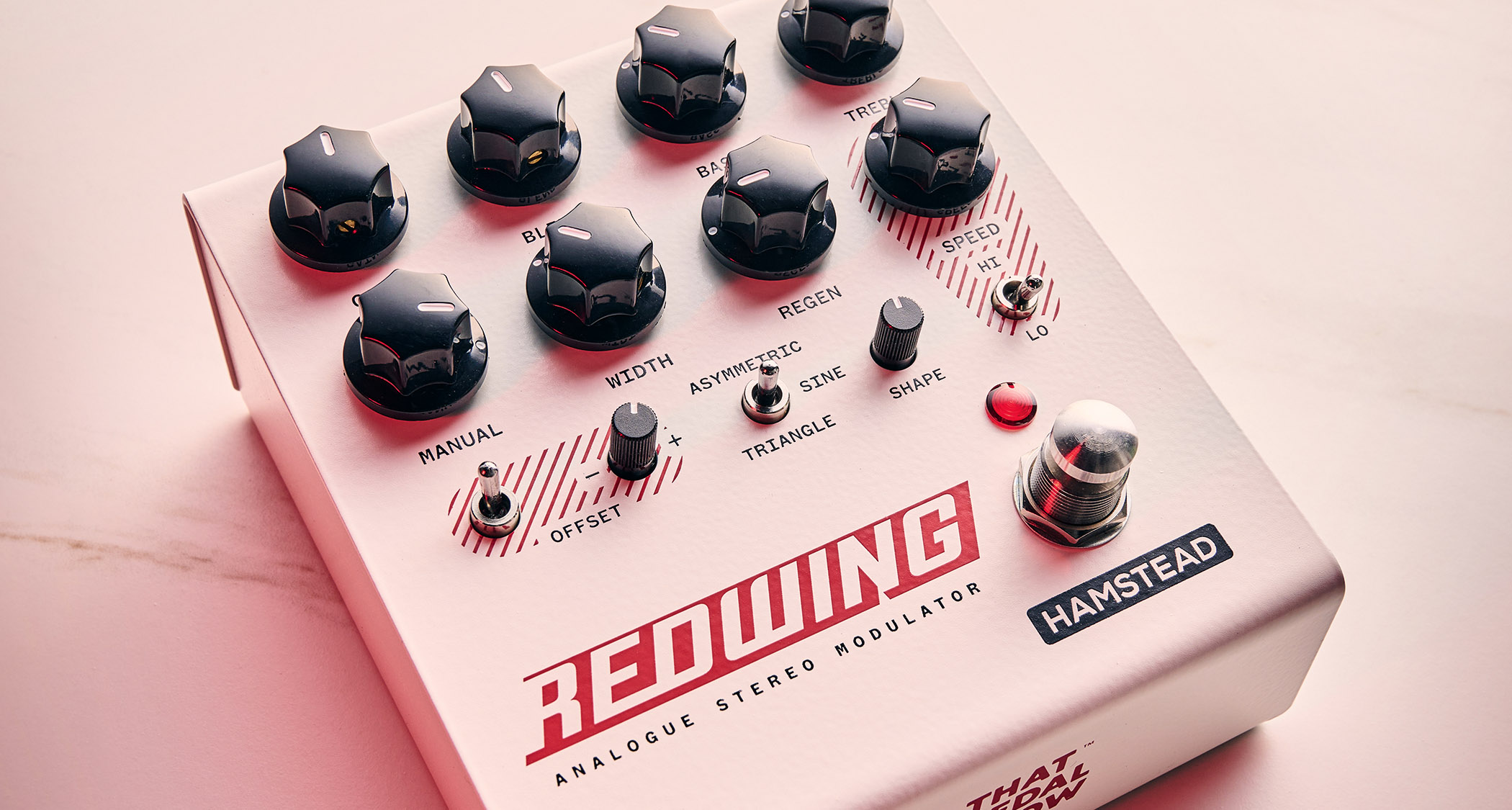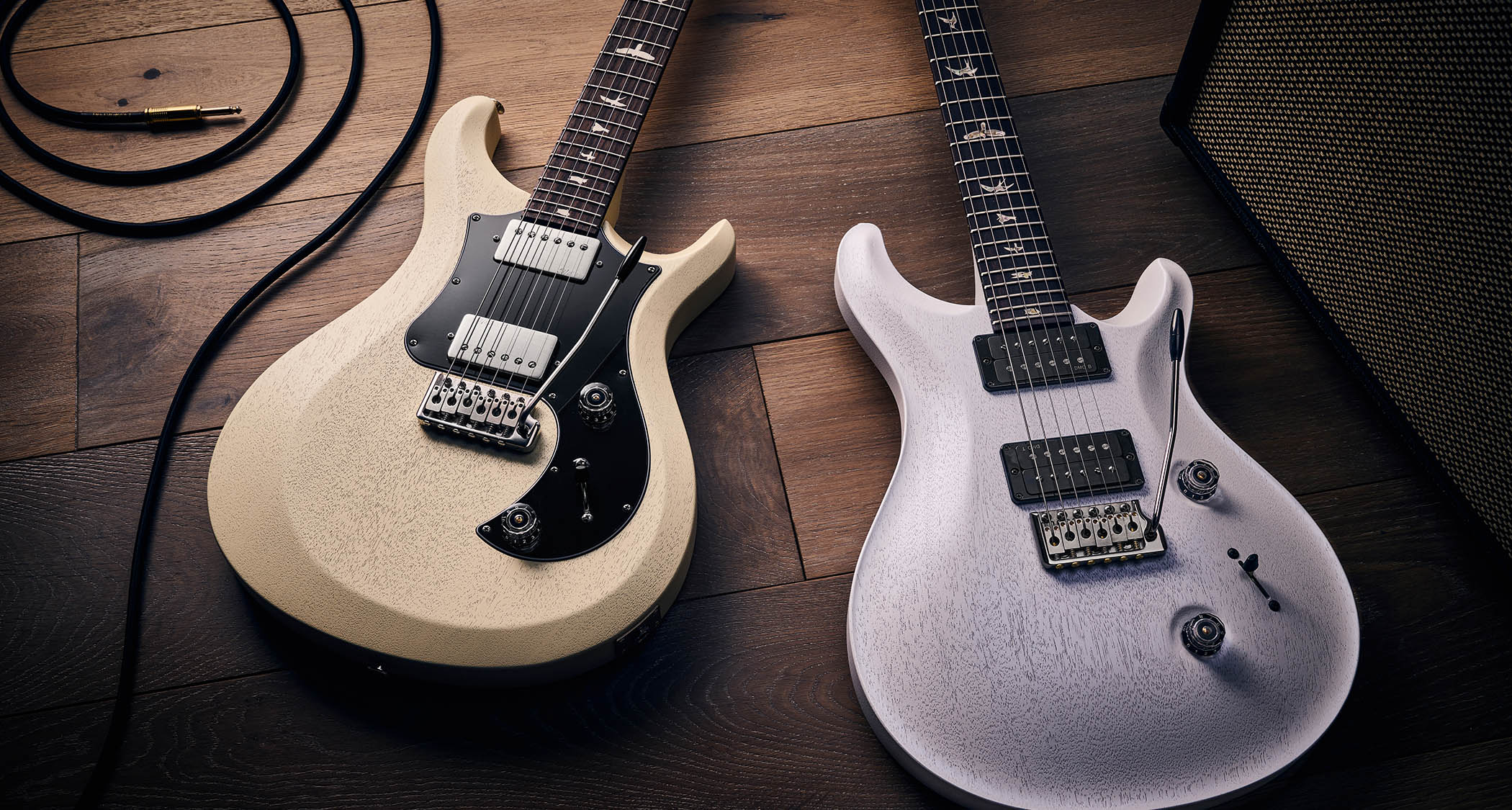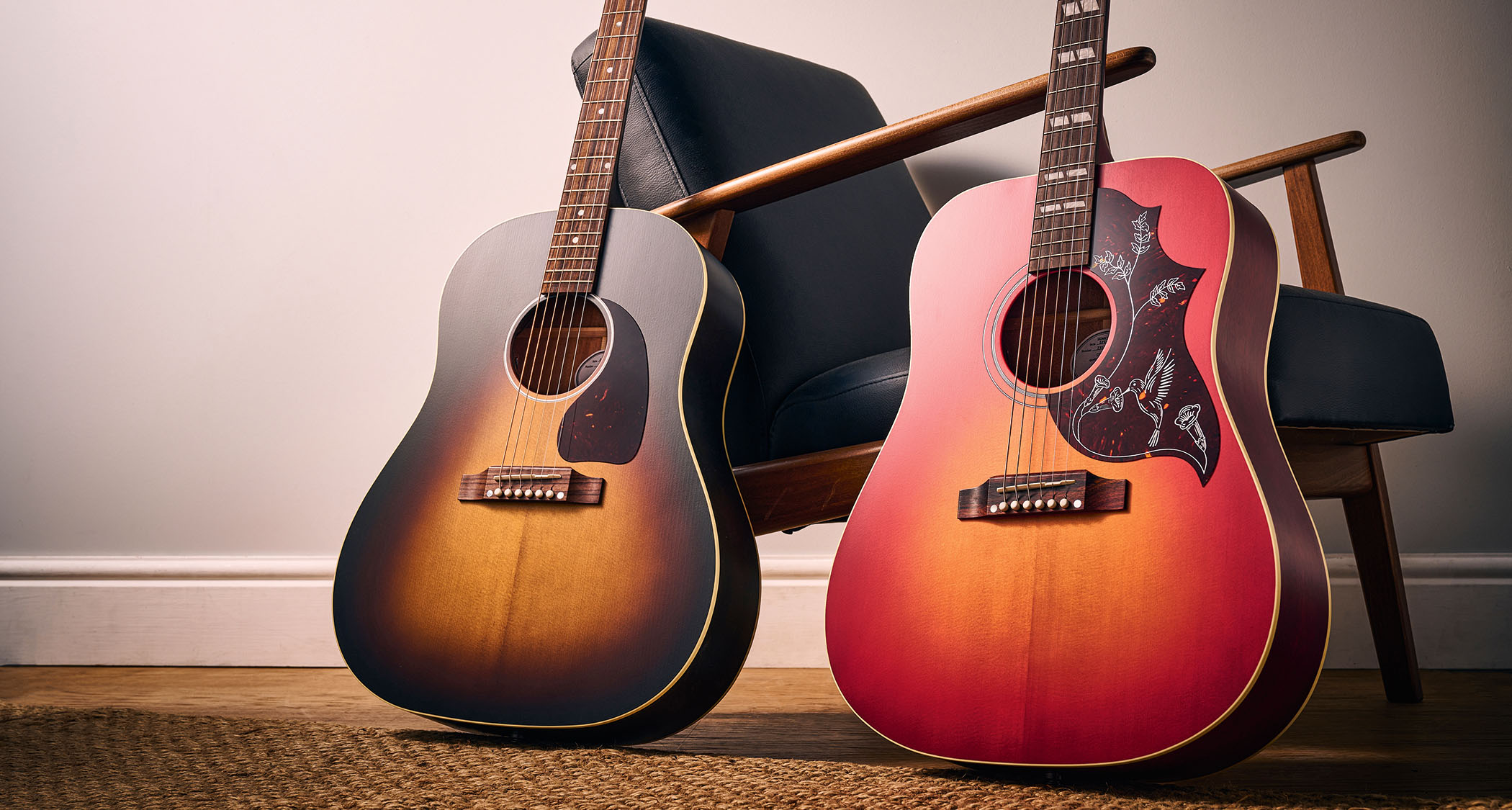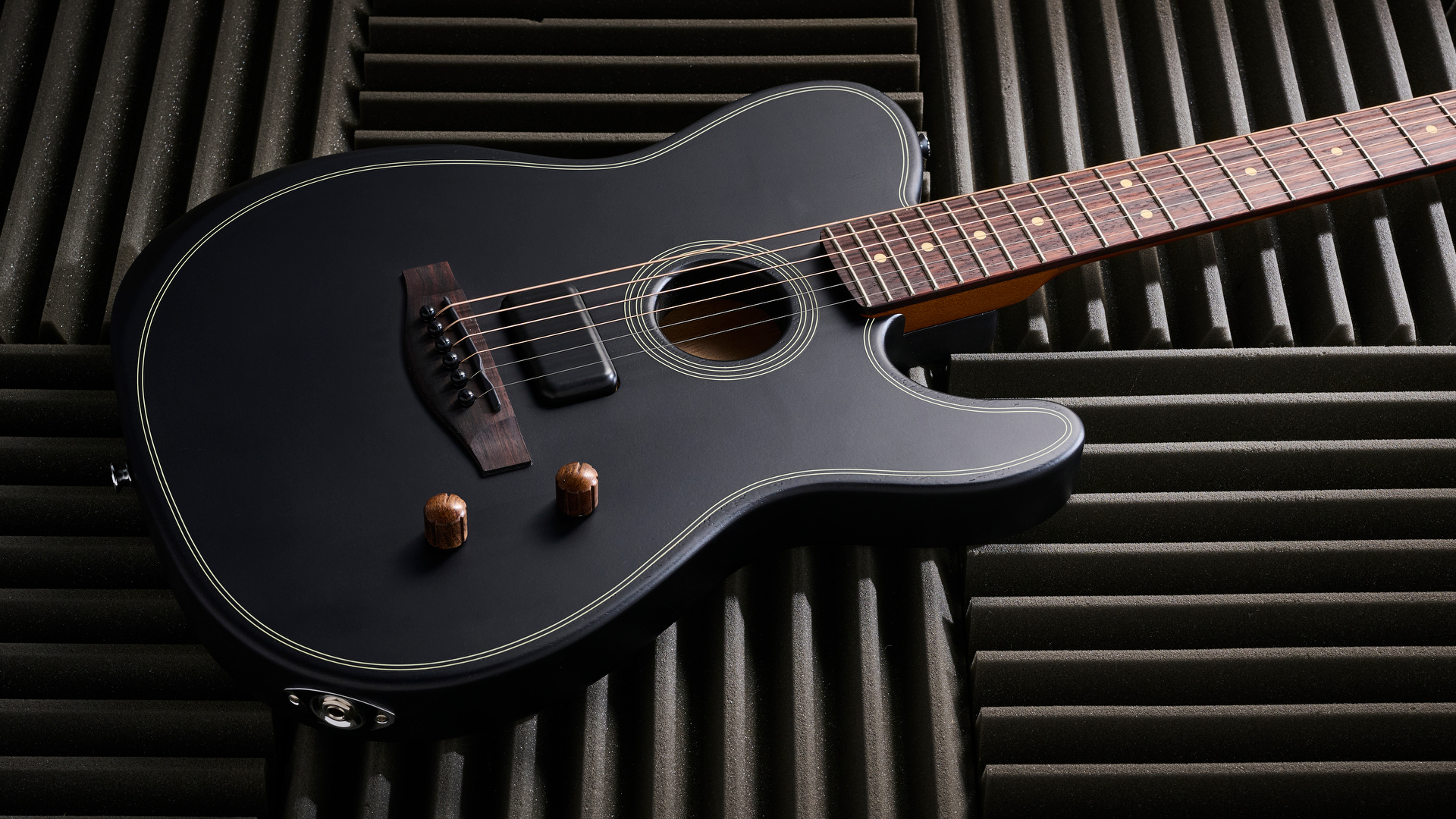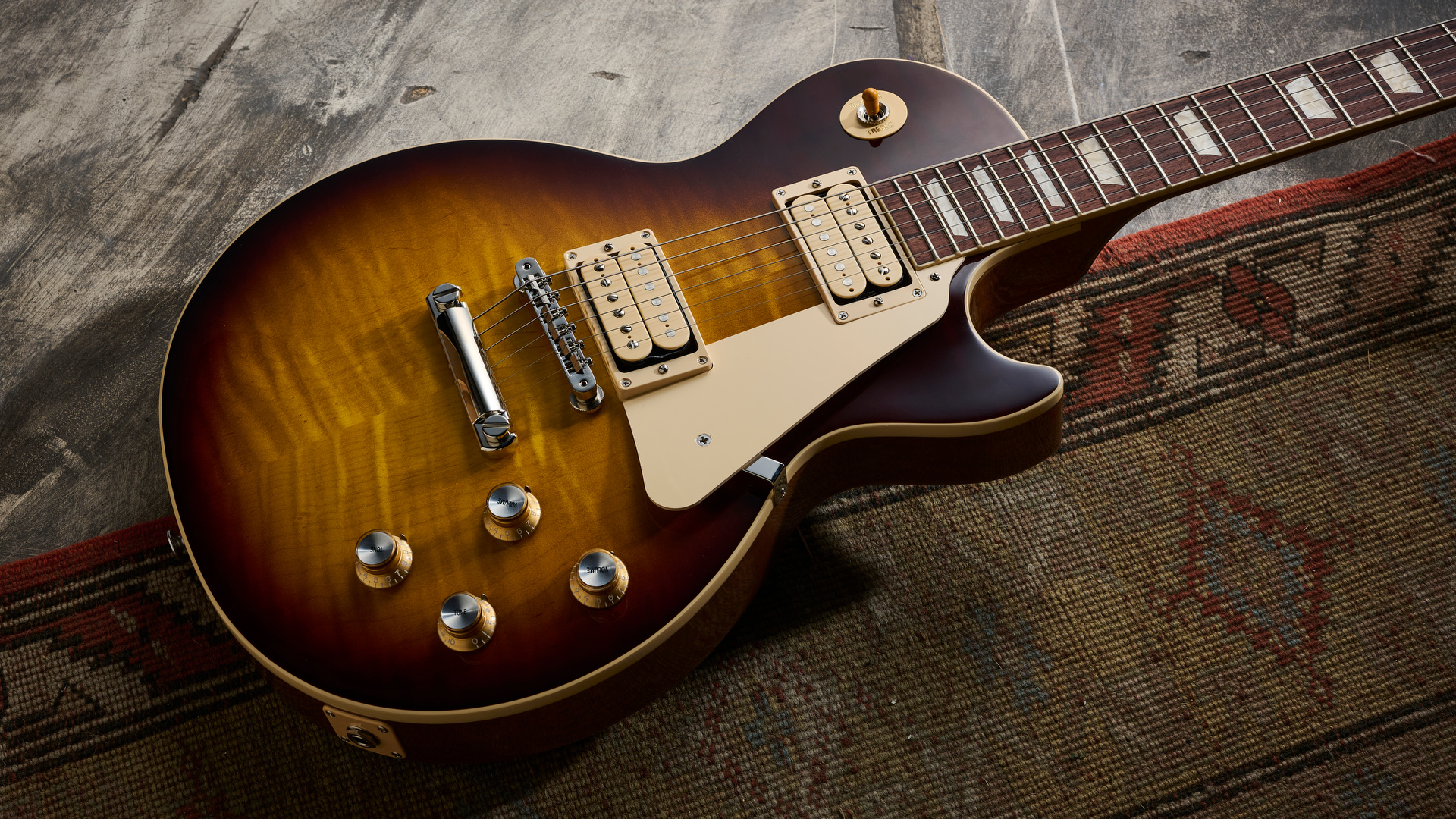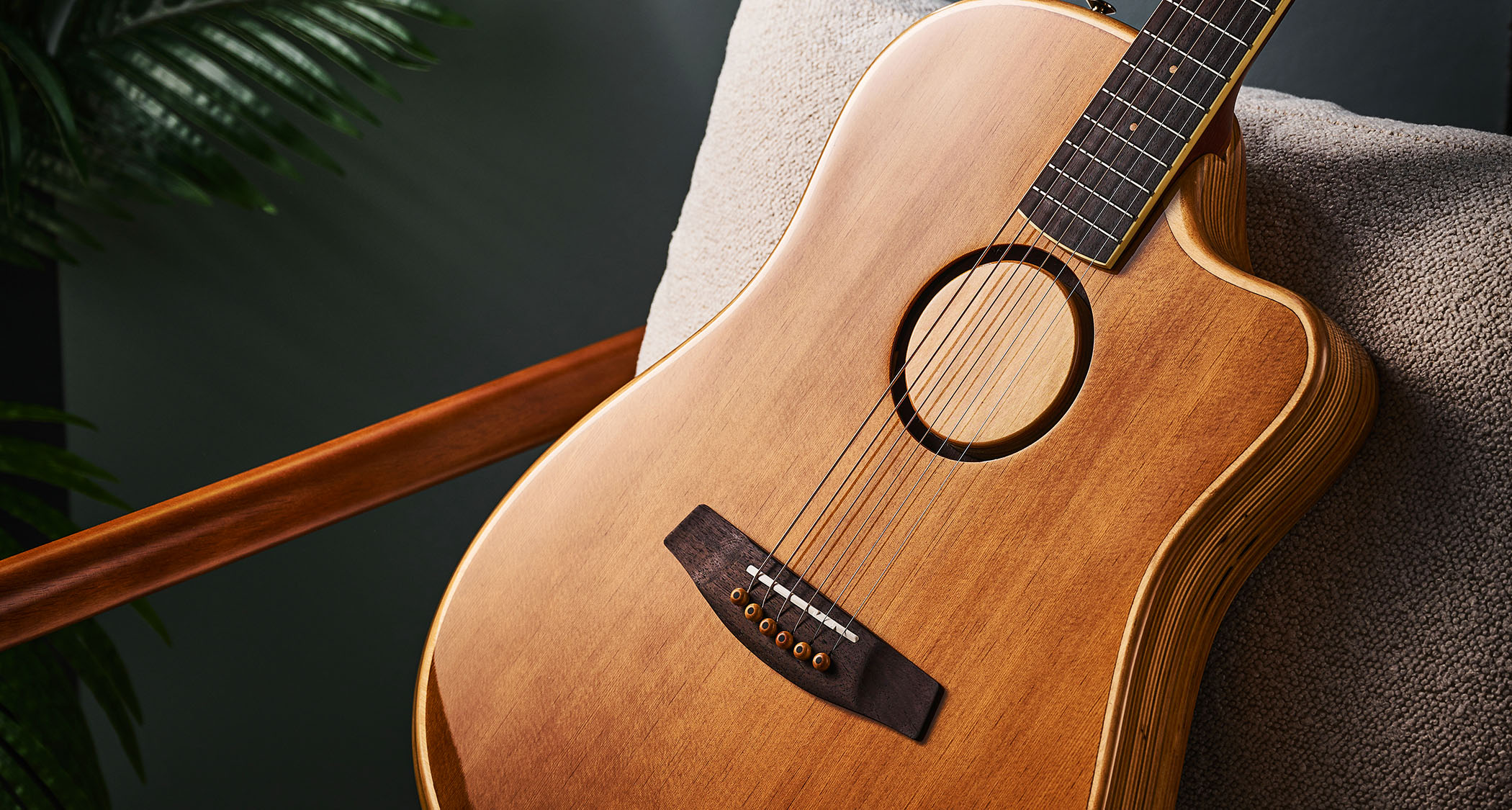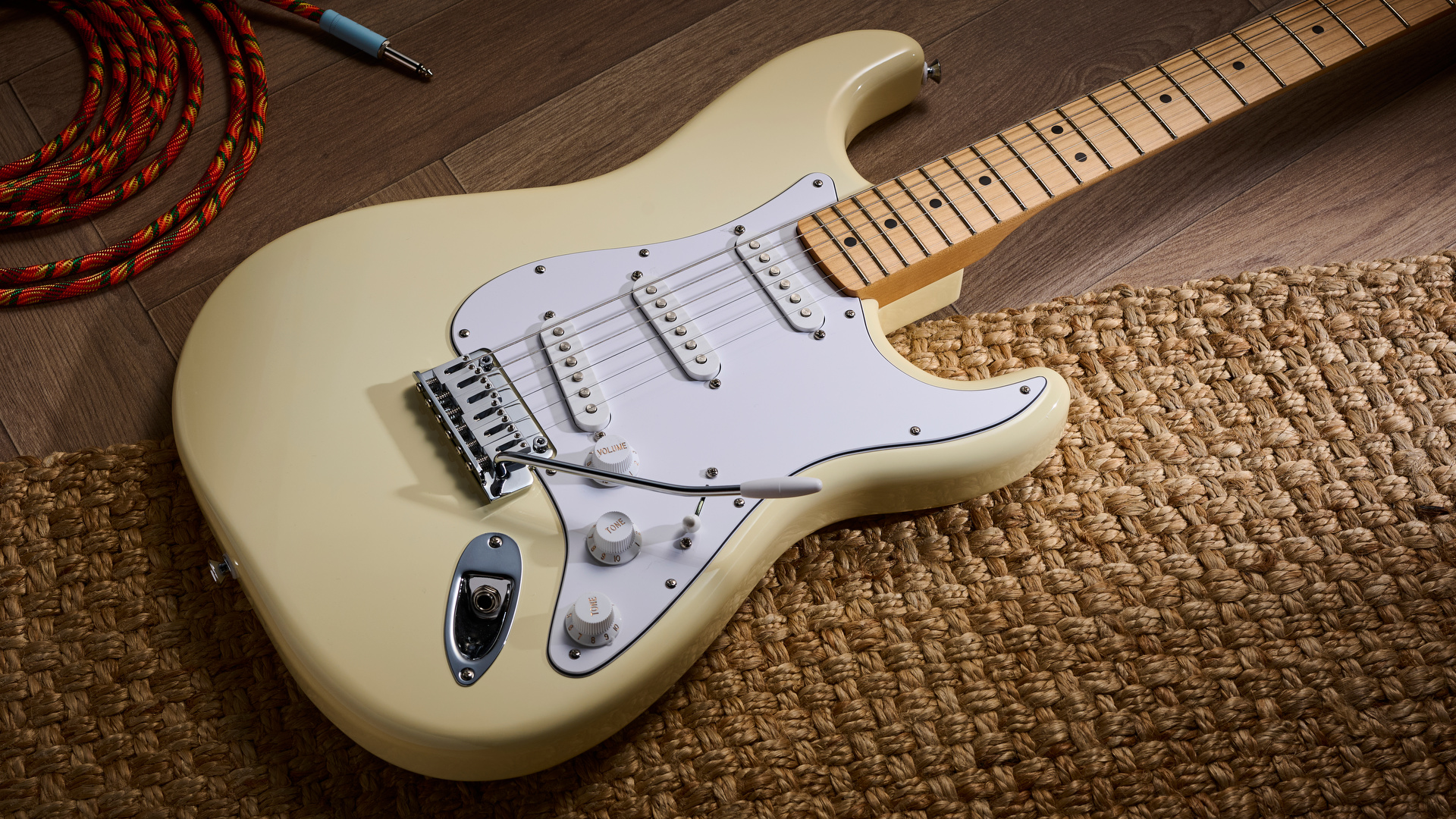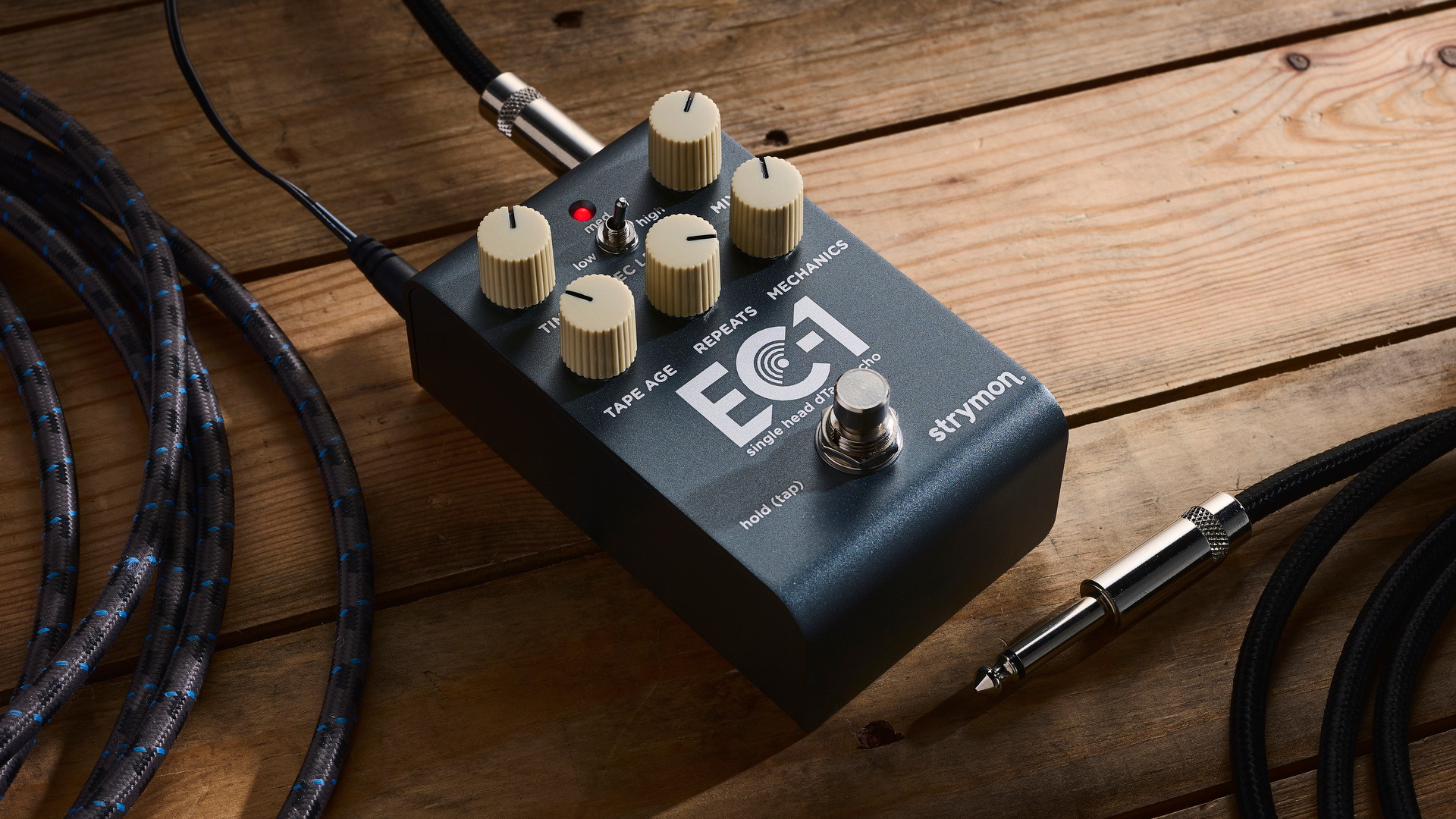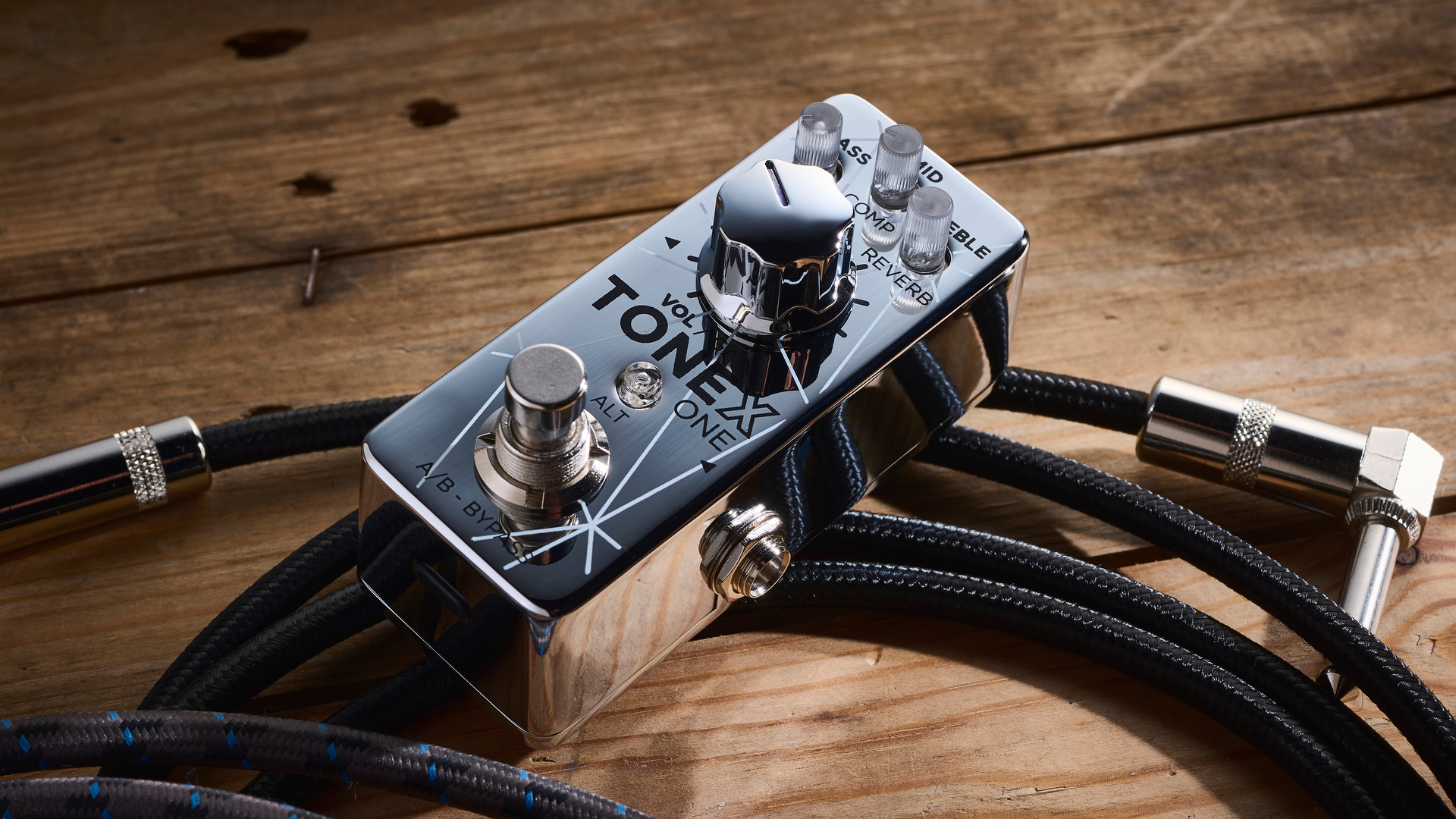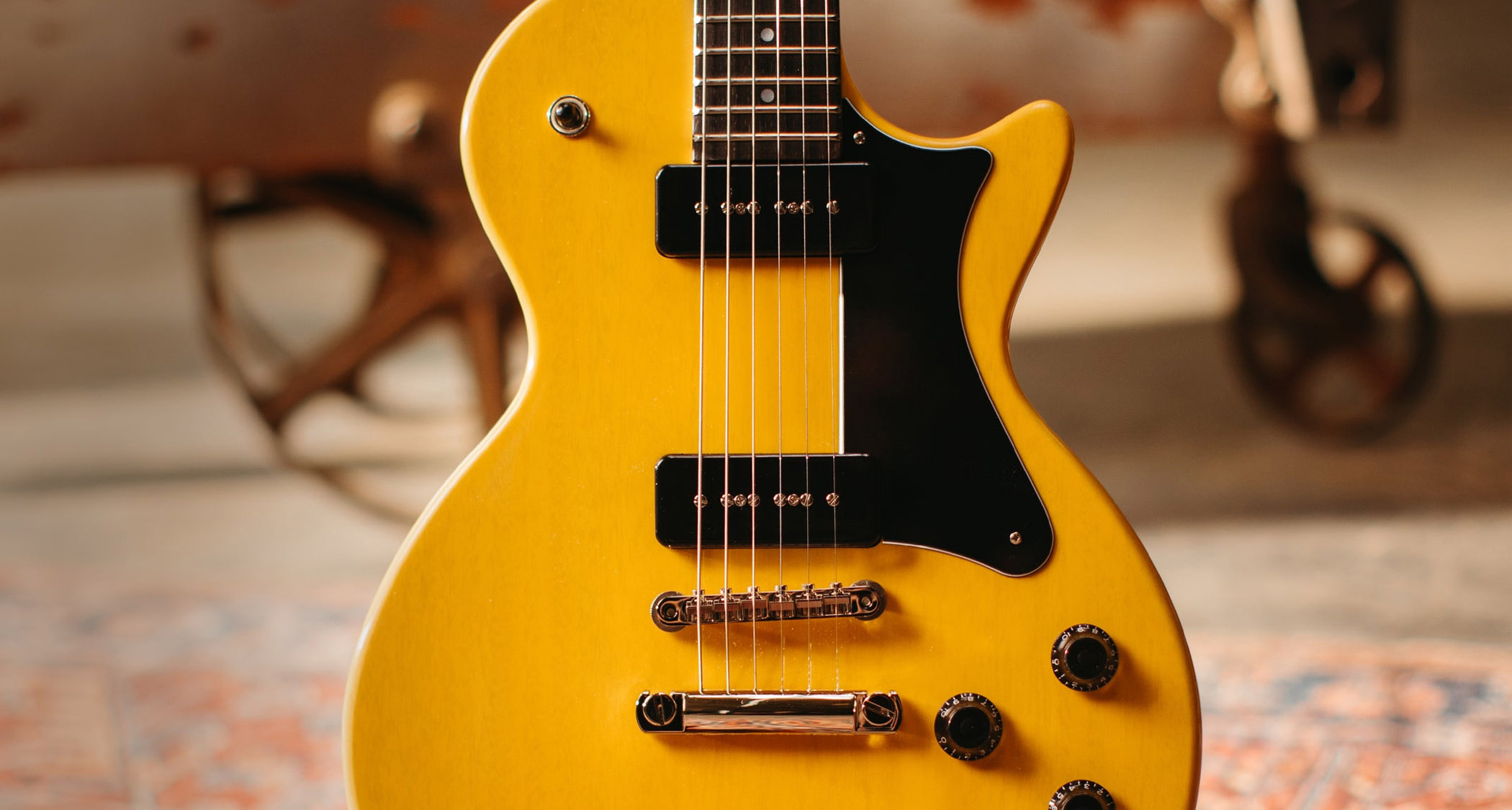Guitar World Verdict
This is a very well-thought-out pedal that is sonically excellent. Not only is it capable of BBD-created effects, it also provides hands-on control of all the parameters you need to tailor these effects to your exact needs – whether you’re trying to emulate a vintage effect or are looking to create something bespoke – all in mono or full stereo.
Pros
- +
Full stereo I/O operation.
- +
Massive range of sound variation.
- +
Expression pedal/footswitched performance options.
Cons
- -
Footswitching lag.
- -
You’ll need to go elsewhere if you want the modern accoutrements of presets and MIDI.
You can trust Guitar World
What is it?
There are myriad modulation pedals available these days. However, when it comes to chorus and flanging, there are still plenty of players that regard the first run of bucket brigade analogue pedals as the benchmark-setters for sonic quality.
Daniel Steinhardt from That Pedal Show is one such player, holding the Boss CE-1 Chorus Ensemble pedal and the Electro-Harmonix Electric Mistress flanger in particularly high regard.
Daniel says: “Over the years, I’ve always searched for devices that not only match the magic of those originals tonally but also surpass them in terms of sound and functionality within a modern rig.”
That search has now culminated in the Redwing, designed by Peter Hamstead of the British boutique amp and pedal company that bears his name, with plenty of informed input from TPS.

The Redwing creates its sounds by using two independent BBD delay lines that are modulated by Hamstead’s analogue ‘signature’ waveform generation as found in the brand’s tremolo pedal.
Connectivity is very flexible – it can work as a mono pedal in a standard signal chain, but it has stereo outputs and a stereo input (via a TRS jack), so you can have other stereo pedals in the chain before it.
The stereo output can be configured as true stereo or as Wet/Dry with dry-through to the right and both modulation lines summed to the left output.
Specs
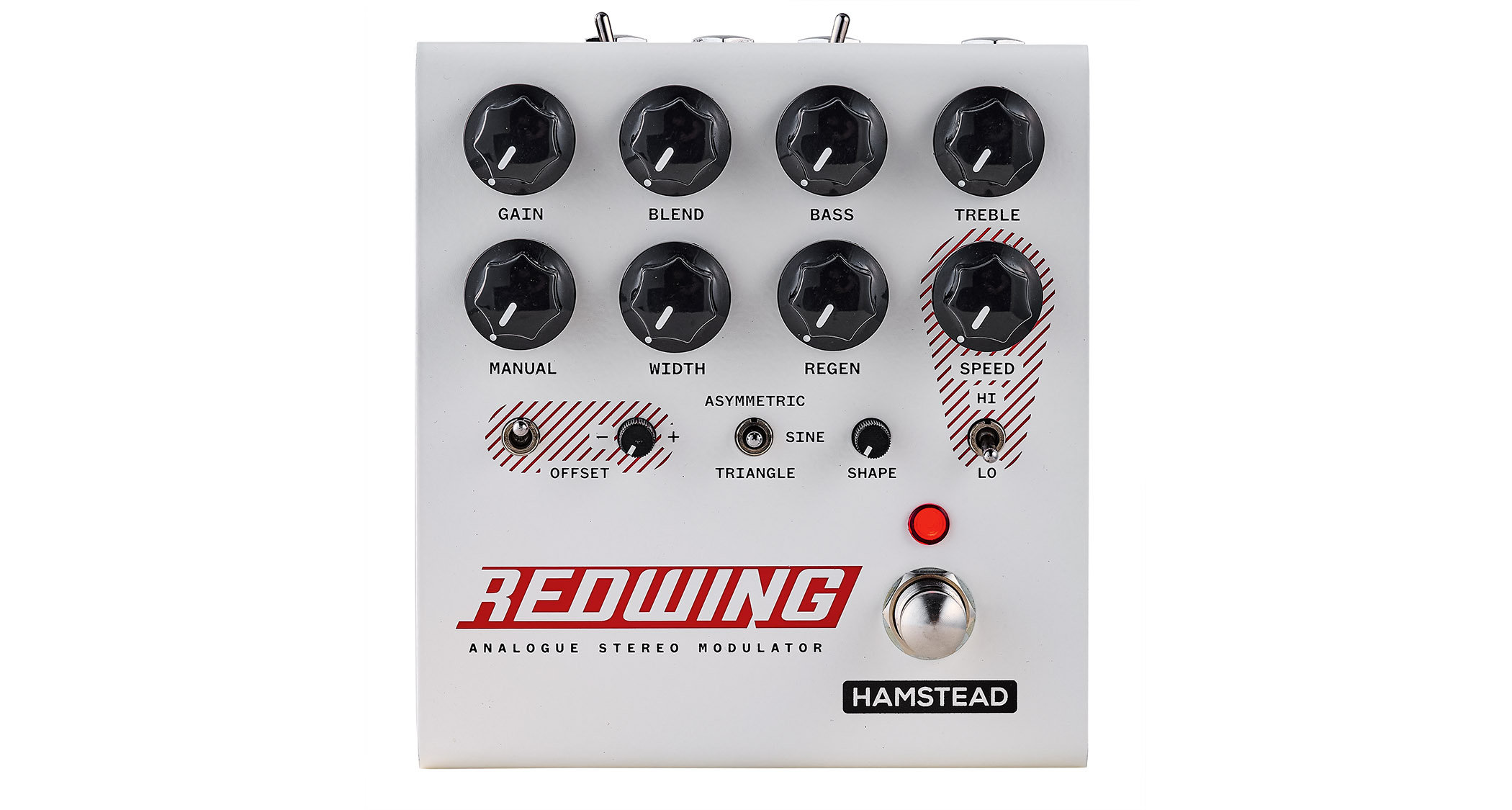
- PRICE: £429
- ORIGIN: UK
- TYPE: Modulation pedal
- FEATURES: Selectable True or Buffered bypass, selectable power up mode, GigRig Optokick footswitch
- CONTROLS: Gain, Blend, Bass, Treble, Manual, Width, Regen, Speed, Hi/Lo Speed switch, Offset switch and knob, Shape switch and knob, Phase switch, Stereo switch, internal switches for power up mode, input mode and bypass mode, Bypass footswitch
- CONNECTIONS: Standard input, standard output (L & R), Control, Hold
- POWER: 9V-24V DC adaptor
(not supplied) 365mA - DIMENSIONS: 115 (w) x 130 (d) x 65mm (h)
- CONTACT: Hampstead Soundworks
Usability and sounds
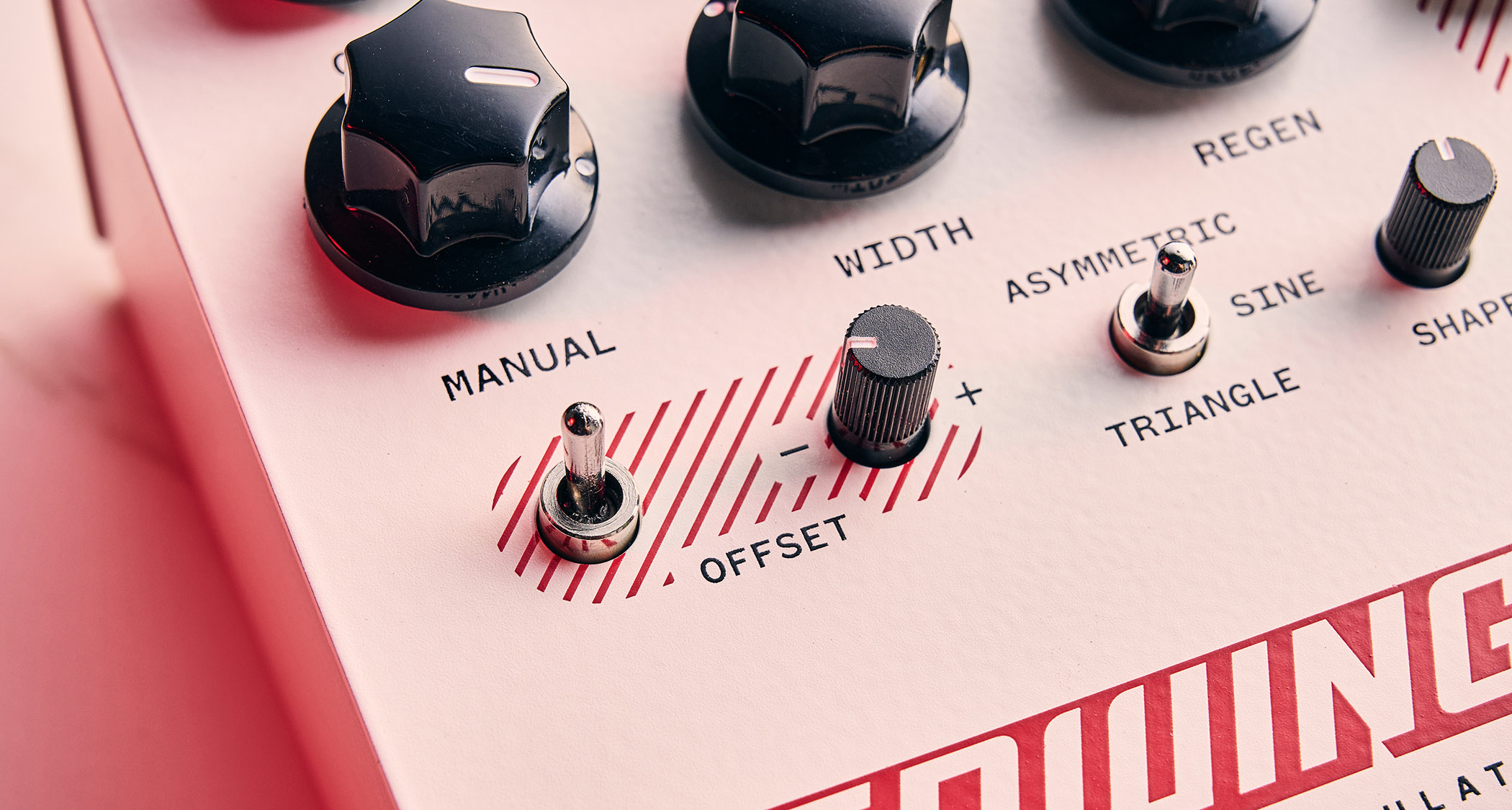
Flanging, chorus and vibrato are closely related, so it’s quite possible to provide all three in an analogue pedal if you have the correct set of parameters to adjust.
The first key to this is the pedal’s Manual knob, which adjusts the delay time – generally speaking, that means shorter delay times for flanging and longer ones for chorus.
A Blend control is also needed to set the ratio of dry to wet signal; vibrato is created with wet signal only. Also crucial is the Regen knob, which controls the amount of effected signal fed back into the modulation circuit and is essential for the metallic whoosh of a flanger, for example.
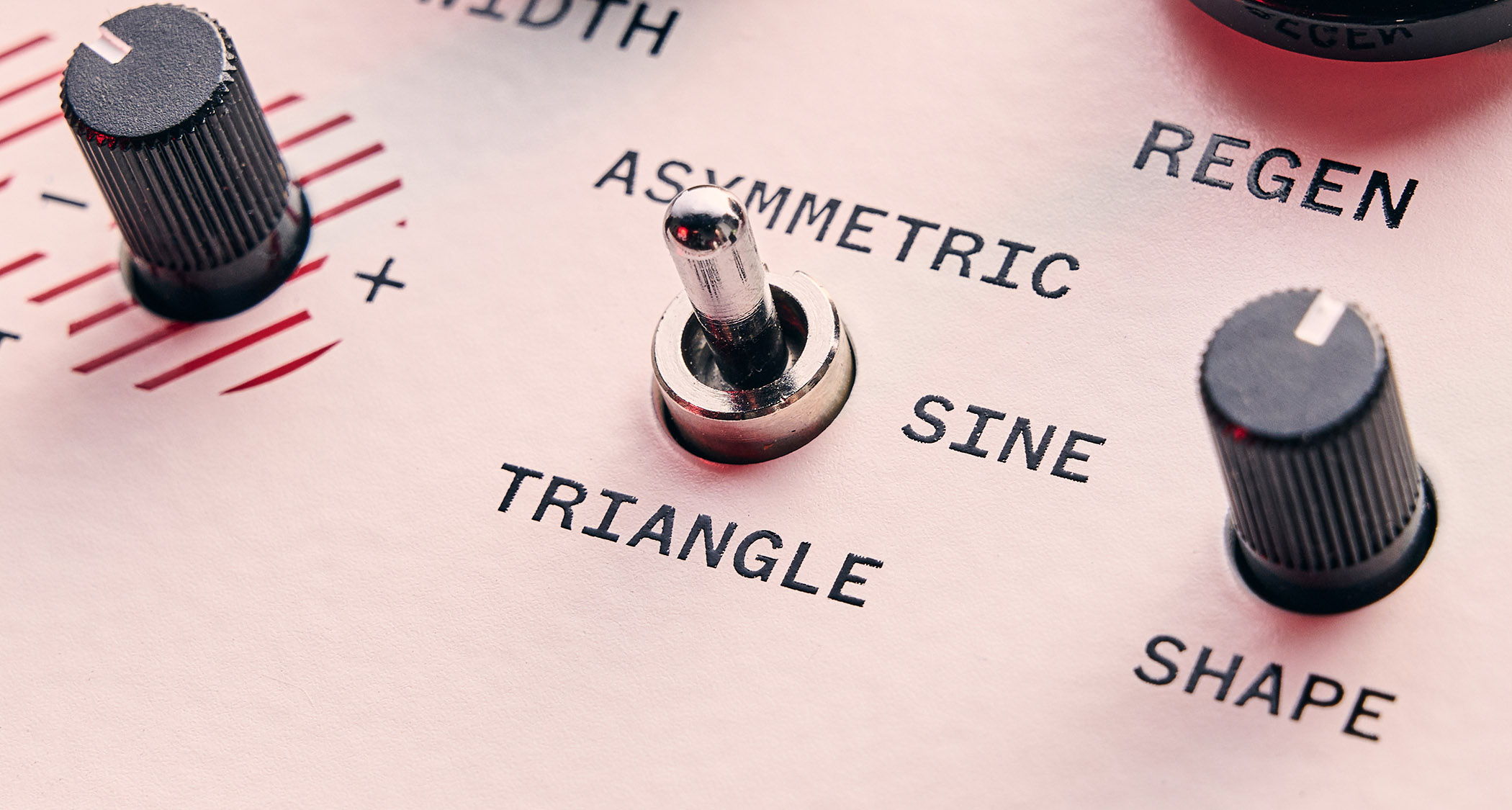
Besides these there are Width and Speed controls for the modulation, and a choice of three modulation waveforms (Asymmetric, Sine and Triangle) that can be tweaked with a Shape knob to tilt the waveform lopsidedly left or right.
Bass and treble knobs with up to 15dB cut or boost shape the wet signal only, while a gain knob, starting at unity, sets the output of the pedal for a slight boost or at least makes sure your modulation doesn’t get lost in the mix when you kick the effect in.
There is a lot to explore in this pedal, with the many juxtapositions of knobs and switches offering nuanced sound choices.
But our first task was to see how its sounds matched up to our own array of vintage 1970s pedals: EHX’s Electric Mistress flanger and its mains-powered Deluxe sibling, plus the Boss CE-1 chorus/vibrato and CE-2 chorus. And with judicious tweaking, we found that it could be a viable substitute.
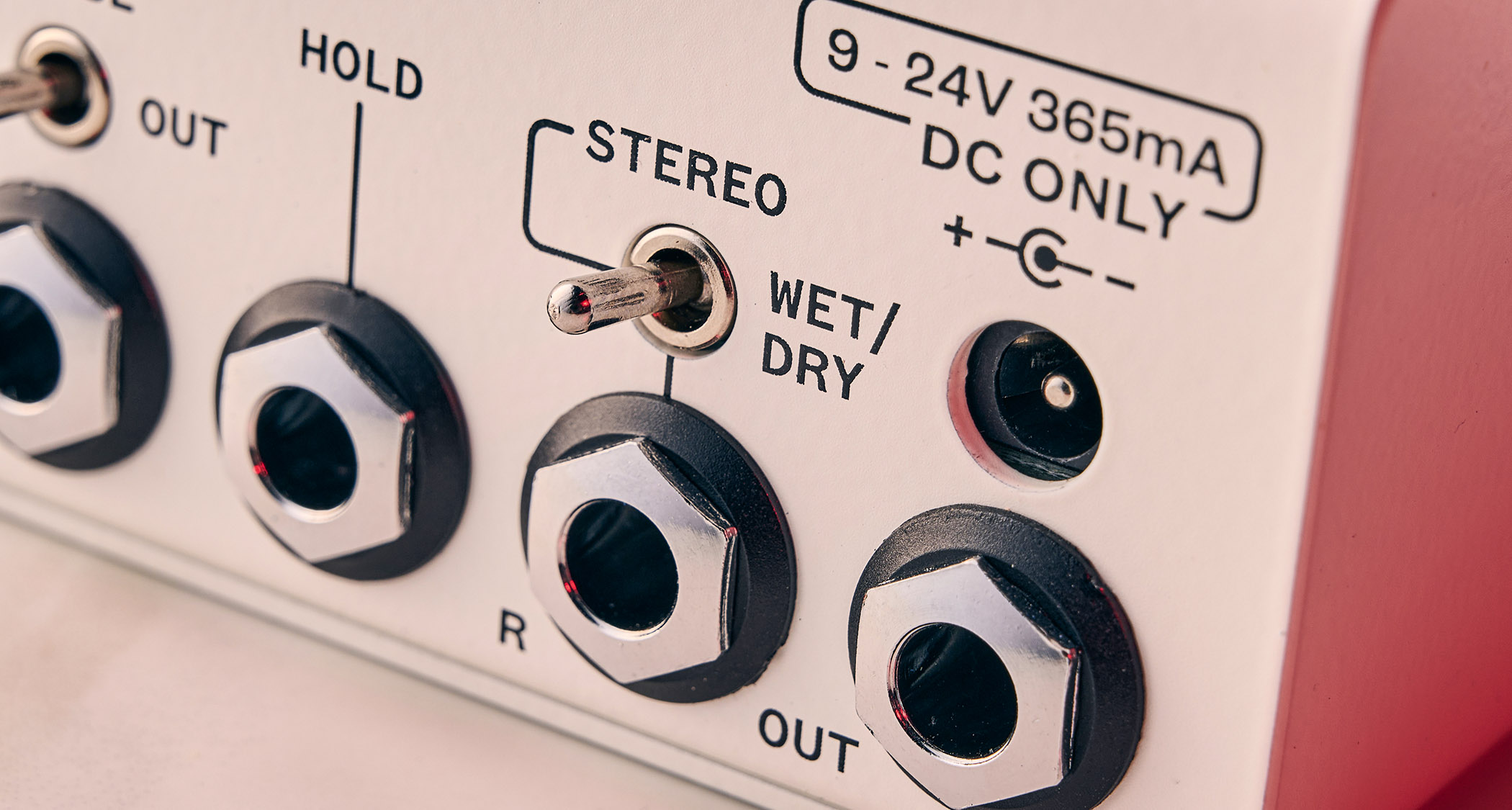
Now, while those old pedals with their minimal knob arrays may be easy to dial in, they can have certain drawbacks such as bulky form factors, reliability of old components, non-standard power needs, no gain make-up to remedy volume drop when kicked in, and a fixed EQ.
The Redwing has none of those problems and has parameters with larger ranges, so it can go much further creating more extreme sounds if you want them
The Redwing has none of those problems and has parameters with larger ranges, so it can go much further creating more extreme sounds if you want them or, perhaps more importantly, can dial in the sounds that ‘fall between the cracks’ of other units.
So you can get plenty of variations of flanging (including really good static flanging with no obvious sweep), chorus, vibrato, ring modulation and also some decent rotary speaker simulation.
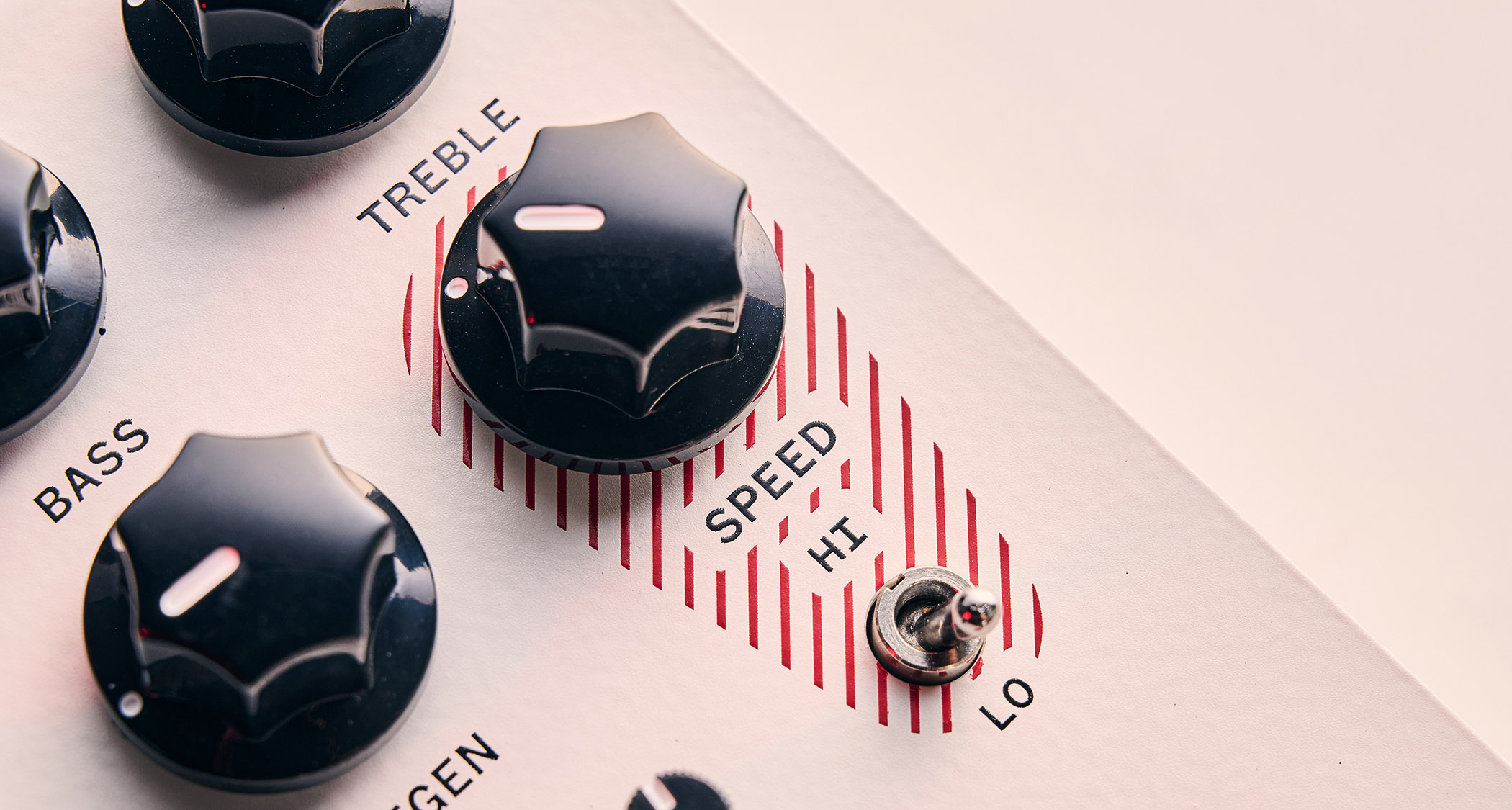
One important parameter that helps with that rotary sound is the one we’ve not yet mentioned – the Offset. This brings in a knob to offset one delay from the other by your chosen amount either side of the main Manual setting, opening up a whole other layer of sounds.
If you’re using the pedal in mono, this offset can give you a bi-chorus or bi-flange effect with an added sense of dimension. It also means you can dial in through-zero flanging where the two flanging filters cross through one another. This is a distinctive sound that’s great with fuzz or distortion in front of it if you want to get close to Jimi’s House Burning Down tone.
Performance options include a Control input for an expression pedal with direct control over modulation speed – a practical addition if you wish to do the slow and fast rotary speaker speed switching.
There’s also temporary feedback oscillation available via a Hold socket for a momentary footswitch, which you might use to tap out a rhythmic pattern or to simply throw a curveball at your audience.
Verdict
Verdict: ★★★★½
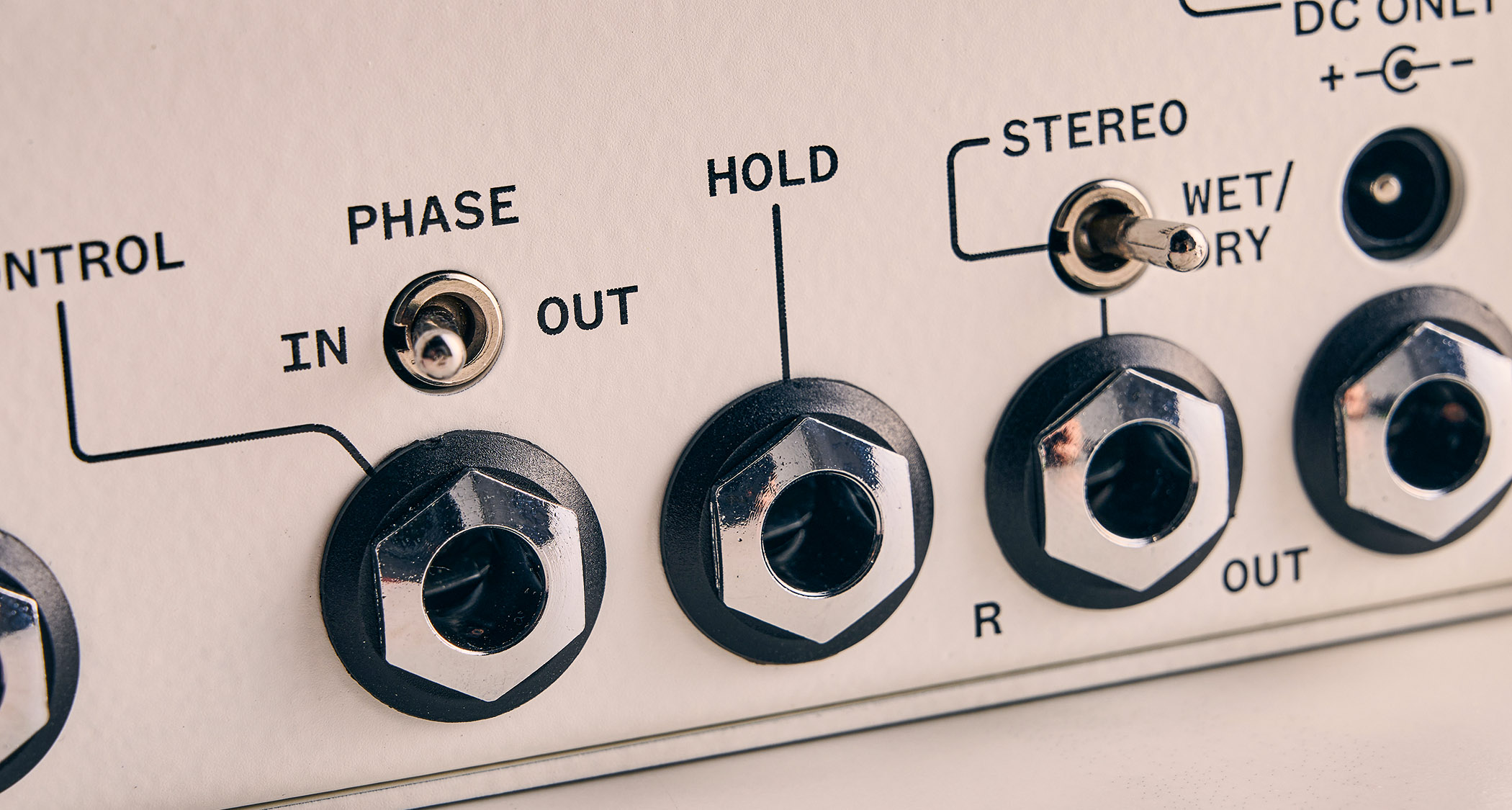
Of course, because the nuanced control can create so much variation, it would be a fine thing to be able to store your newly minted sounds for future recall.
The other side of that WYSIWYG coin is there’s always the opportunity for happy accidents during tweaking, with new sounds waiting to be discovered
However, this is a purely analogue pedal, and it’ll be down to the age-old method of recording all of your favourite settings on paper. That lack of presets could mean you might need to execute a few knob and switch position changes on stage, unless you’re using just the one sound. But it would never be a problem in a recording situation.
The other side of that WYSIWYG coin is there’s always the opportunity for happy accidents during tweaking, with new sounds waiting to be discovered. Embrace the analogue: this is your hands-on modulation toolkit!
Guitar World verdict: This is a very well-thought-out pedal that is sonically excellent. Not only is it capable of BBD-created effects, it also provides hands-on control of all the parameters you need to tailor these effects to your exact needs – whether you’re trying to emulate a vintage effect or are looking to create something bespoke – all in mono or full stereo.
Hands-on videos
That Pedal Show
The GigRig

- Hamstead Soundworks Comet Interstellar Driver review.
- This article first appeared in Guitarist. Subscribe and save.
Trevor Curwen has played guitar for several decades – he's also mimed it on the UK's Top of the Pops. Much of his working life, though, has been spent behind the mixing desk, during which time he has built up a solid collection of the guitars, amps and pedals needed to cover just about any studio session. He writes pedal reviews for Guitarist and has contributed to Total Guitar, MusicRadar and Future Music among others.
You must confirm your public display name before commenting
Please logout and then login again, you will then be prompted to enter your display name.
“Last time we were here, in ’89, we played with Slash on this stage. I don't remember what we did...” Slash makes surprise appearance at former Hanoi Rocks singer Michael Monroe's show at the Whisky a Go Go
“I’m inspired”: John Mayer has been spotted playing a Neural DSP Quad Cortex live for the first time – could this be his new amp modeler of choice?
“I use a spark plug to play slide. It's a trick Lowell George showed me. It gets incredible sustain – metal on metal”: In the face of sexist skepticism, Fanny's June Millington carved a unique six-string path, and inspired countless players in the process
